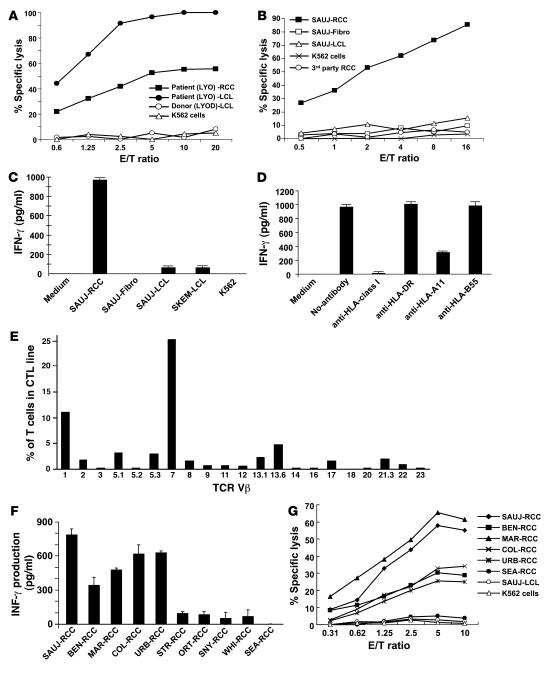Figure 3. Characterization and generation of tumor-reactive CTLs.
CTLs and T cell clones that killed patient RCC cells were isolated using PBMCs collected after transplant and stimulated in vitro with irradiated patient tumor cells. (A) A CTL line was expanded from RCC patient LYO by stimulating posttransplant day +211 PBMCs collected following tumor regression with irradiated LYO-RCC cells; a 51Cr release assay showed these CTLs had in vitro cytotoxicity against both patient LYO-LCL and LYO-RCC cells but not donor (LYOD) LCL cells. (B) SAUJ-CTLs generated by stimulating SAUJ day +1,213 PBMCs with irradiated SAUJ RCC cells killed SAUJ-RCC cells but not SAUJ-LCL cells, SAUJ-fibroblasts (SAUJ-Fibro), K562 cells, or a third-party HLA-mismatched RCC cell line. (C) SAUJ-CTLs secreted IFN-γ when cultured with patient SAUJ-RCC cells but not with SAUJ-Fibro, K562 cells, or patient (SAUJ) or donor (SKEM) LCL cells. (D) IFN-γ production by the SAUJ-CTLs following coculture with SAUJ-RCC cells was inhibited by incubation with anti–HLA class I and anti–HLA-A11 mAbs. (E) Flow cytometry revealed CD8+TCR-Vβ7+ cells to be the dominant T cell population in the SAUJ-CTL line. (F) SAUJ-CTL clone BZ-4 was cocultured with various HLA-A11+ RCC cell lines, with tumor recognition assessed by an ELISA measuring IFN-γ secretion; the BZ-4 clone recognized 5 of 10 HLA-A11+ RCC cell lines. (G) A cytotoxicity assay showed that the BZ-4 clone also killed all 5 HLA-A11+ RCC lines recognized in the ELISA assay but not SAUJ-LCL or K562 cells.

